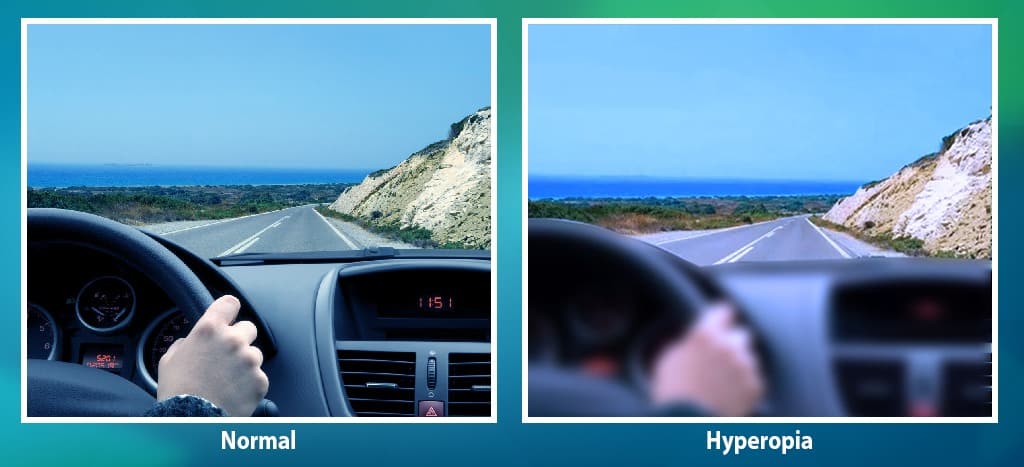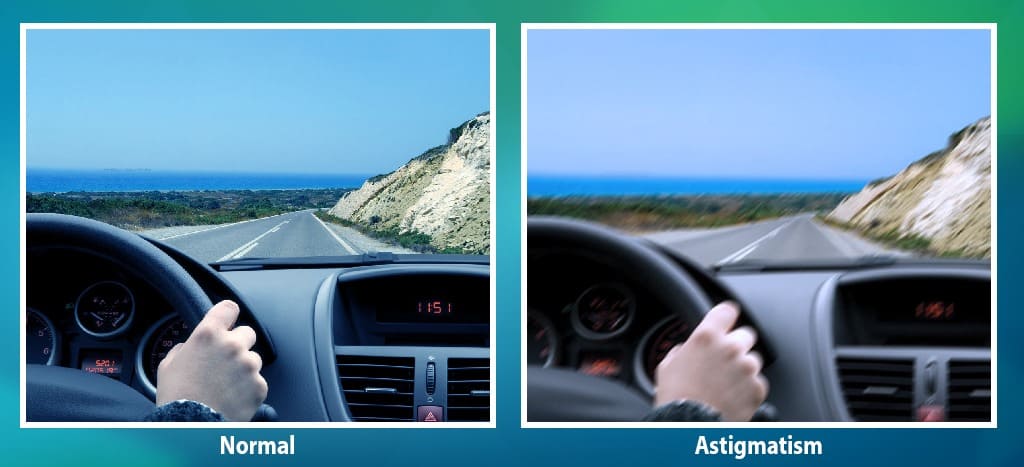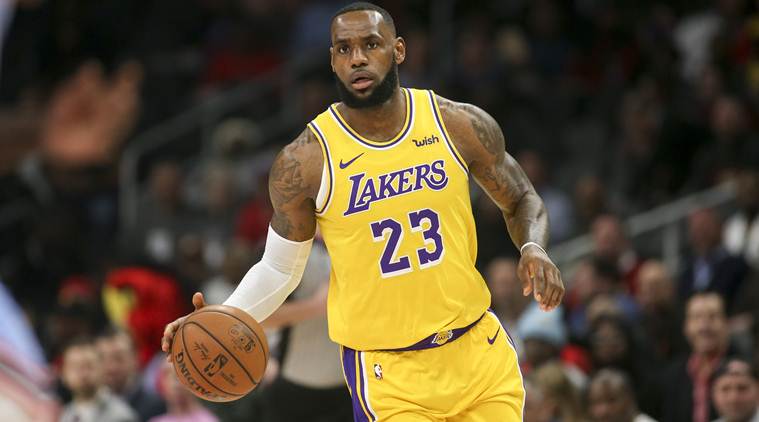Eye Operation To Remove Specs
Vision Correction Procedure
A refractive error is a condition in which light rays do not bend correctly on the retina. This results in a blurred image. The cause of refractive error can be due to altered curvature of cornea, wherein the cornea can be steep or flat. Sometimes the cause can be due to the length of the eyeball which may be short or long. Also changes in lens can give rise to refractive errors. The treatment for refractive errors is widely
For those who do not want to use glasses or contact lenses, lase refractive surgery is the best & only option. Refractive surgery is a cosmetic surgery. This surgery corrects your refractive error so you do not need to wear contact lenses or glasses anymore. It is a simple daycare procedure & takes less than 10 mins per eye.
TYPES OF REFRACTIVE ERRORS
In this condition, near objects are seen clearly & distant vision is blurred. It is usually corrected by a minus number.

In this condition, near objects are blurred & distant objects are seen clearly. It is usually corrected with a plus number.

In this condition, the cornea has an asymmetric curvature so you will have plus or minus number in a particular axis.

After the age of 40, most adults need reading glasses & this condition is known as presbyopia. With aging, the lens loses its capacity to focus in order to read near objects clearly.

In this condition, near objects are seen clearly & distant vision is blurred. It is usually corrected by a minus number.

In this condition, near objects are blurred & distant objects are seen clearly. It is usually corrected with a plus number.

In this condition, the cornea has an asymmetric curvature so you will have plus or minus number in a particular axis.

After the age of 40, most adults need reading glasses & this condition is known as presbyopia. With aging, the lens loses its capacity to focus in order to read near objects clearly.

Specs Removal Options

Elgibility

At least 18 years old

Specs number should be stable for about a year-minor changes do not disqualify you

The cornea should be healthy and of adequate thickness
Ladies should not be pregnant or breast-feeding
Celebrities who choose LASIK over SPECS!
Choose Your Procedure
| Spectacle Power | Surgery Option |
| -1 to -8 | Lasik |
| -8 to -18 | ICL |
| +1 to +5 | Lasik |
| +5 to +10 | ICL or RLE |
SMILE
SMILE is a latest vision correction surgery. It is similar to LASIK without the complications related to flap. It is also knowns as Relex SMILE. In this procedure, a femto second laser is used to create lenticule. A very small opening less than 4 mm is made using the same laser through which this lenticule is removed. This causes change in the shape of cornea & corrects the refractive error.
The recovery of this procedure is very fast & gives clear & sharp vision within a few days.
Advantages of SMILE
- No blade
- Smaller Flap
Blade - Less LASIK Femto (Robotic) LASIK
In this procedure, a femto second laser is used to create the flap which is conventionally made with a blade in LASIK. After this, excimer laser is used to reshape the corneal surface resulting in correction of refractive error. The flap created with a femto second laser is far more precise, thin & accurate. Therefore, bladeless LASIK is much safer than blade LASIK. The quality of vision in femto LASIK is higher than with blade LASIK procedure.
This procedure has been approved by the US FDA.
Advantages of Blade – Less LASIK
Biomechanical stability of the cornea
Tissue conservation
Recovery is faster
Better quality of vision
Bladeless
Increased precision
Faster to perform
Can be customized for you
LASIK Laser
Laser-assisted in situ Keratomileusis. Most commonly known refractive surgery. This technique uses a special blade called microkeratome to make the corneal flap. The flap is then lifted & excimer laser is applied which reshapes the cornea & corrects the spectacle power.
SBK LASIK with Custom Q
Since every eye is not the same, custom Q offers customized & personalized treatments. This ensures better quality of vision & enhanced safety.
SBK LASIK (Thin Flap)
In this type of LASIK, a thin flap is created. This helps in tissue saving.
Aspheric LASIK
Aspheric laser surgery is highly preferred by eye surgeons for its ability to deliver better visual outcomes. In this technique, each & every point of the cornea is measured & rectified. This treatment rectifies the problems of glare & halos in conventional LASIK & gives better contrast sensitivity.
ICL
For higher numbers of refractive errors (-8 to -18 & +5 to +10) where laser refractive surgery cannot be performed, Implantable collamer lens is the procedure of choice. A microthin lens correcting your spectacle power or glass power is placed inside the eye in front of the natural lens. The advantage of this procedure is that, no tissue is removed so it can be reversed. The levels of safety is much higher than laser eye surgery. There will be no flap so no flap related complications & dryness. Temporary contact lenses which we put & remove daily, permanent artificial lens is placed. ICL is procedure of choice in very thin corneas where laser refractive surgery cannot be done.
RLE
Refractive Lens Exchange
Refractive lens exchange (RLE) may be a better choice for those with very high number. This procedure is very similar to what we do in a cataract surgery. The natural lens is removed by phacoemulsification & an artificial lens having the power of your natural lens & spectacles is put in. Depending on the intraocular lens implanted, you may or may not need glasses for reading.














